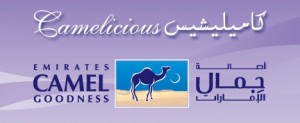 Annoyed by constant advertising on youtube? Well I’m going to look at how hip-hop changed marketing in America.
Annoyed by constant advertising on youtube? Well I’m going to look at how hip-hop changed marketing in America.
When hip hop originated from the streets, it was a cultural movement which allowed the people of “1600 Pennsylvania Avenue” to express themselves through a pure art form.
Nowadays, it is debatable whether the substance of hip-hop has been “watered-down” by big company endorsements. Forbes music editor Zack Greenberg states that many hip-hop artists make more money through endorsements and advertisements than the music itself. Through constant advertising and pressure to buy a product, CNN’s recent interview supported the claim that hip-hop has changed the marketing field. 
Justin Timberlake’s famous slogan “i’m lovin’ it” campaign has angered many die-hard hip-hop followers. Steve Stoute, responsible for this match claims “hip-hop is a culture that is meant to be shared…if using corporations helps spread that message, then that’s what it takes.”
On the other spectrum is writter Nelson George who believes that partnerships with big business for urban oriented marketing campaigns is harming the art form. He follows with, “[radio hip-hop] is not very content driven. Rather, it is an inducement to dance then an inducement to buy,” a product or brand of alcohol. I think marketing is being embeded too vigorously into the hip-hop culture, and that it is in fact diluting the culture of music. I’m not lovin this.






